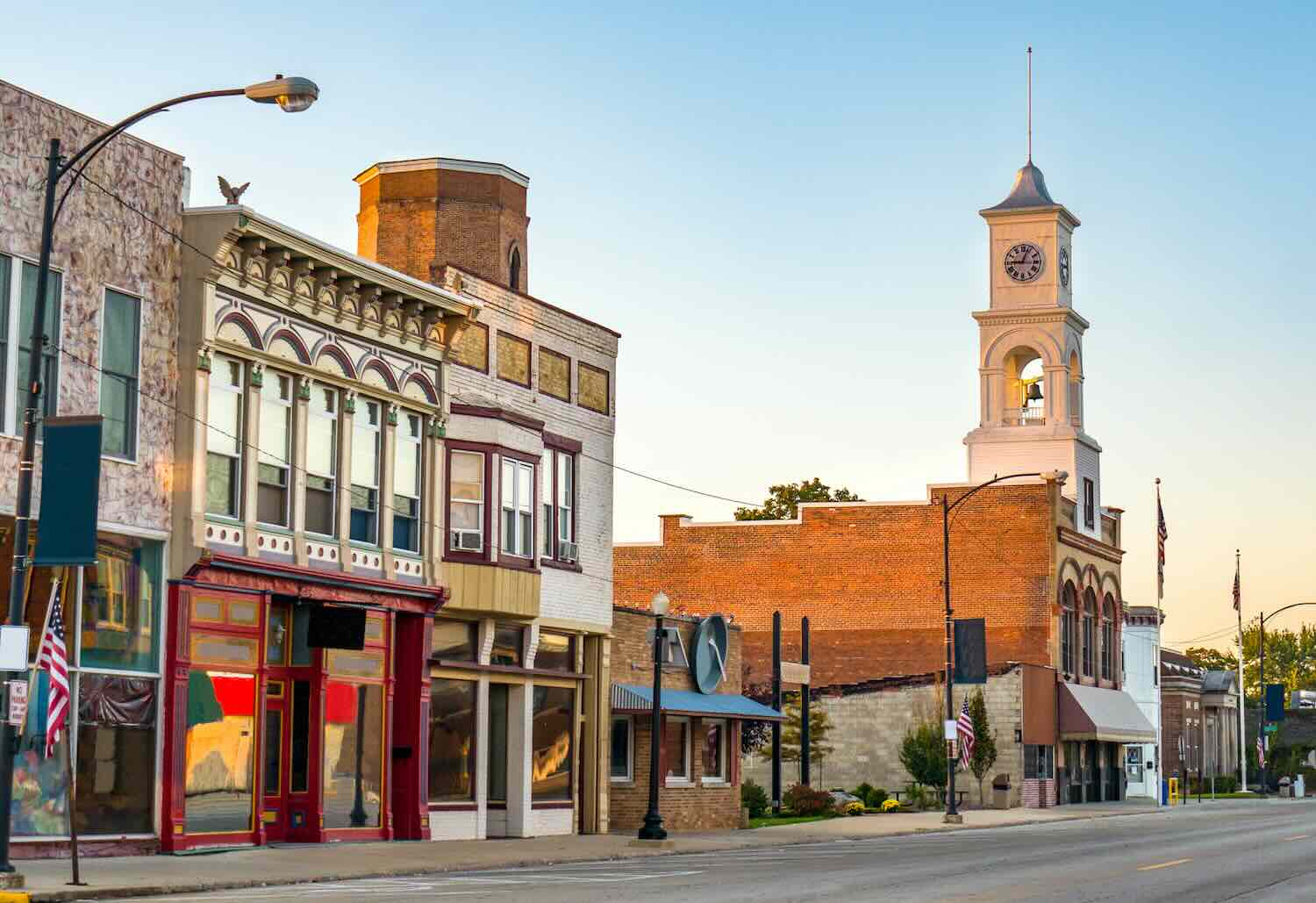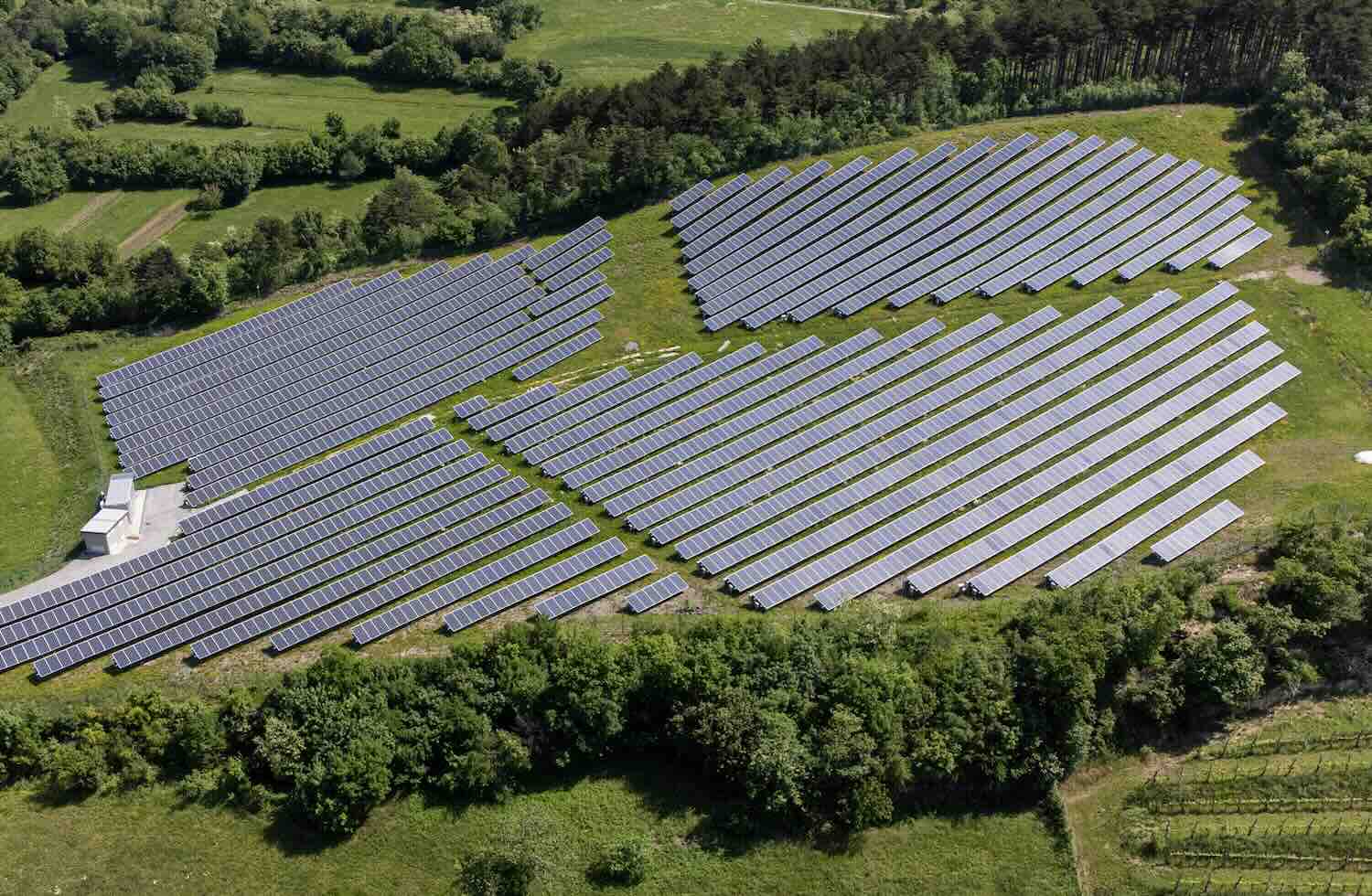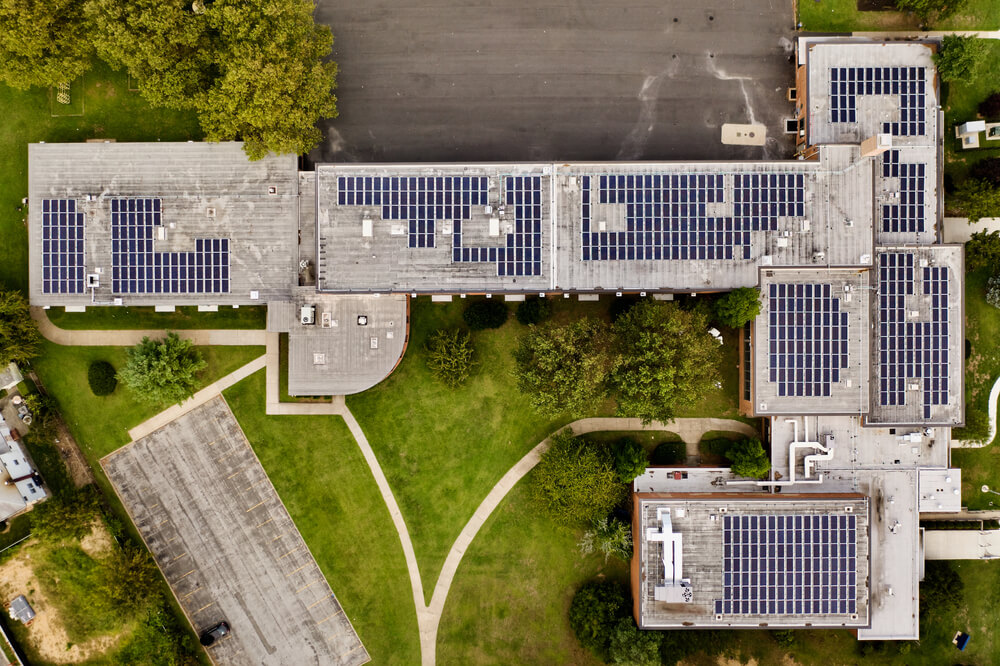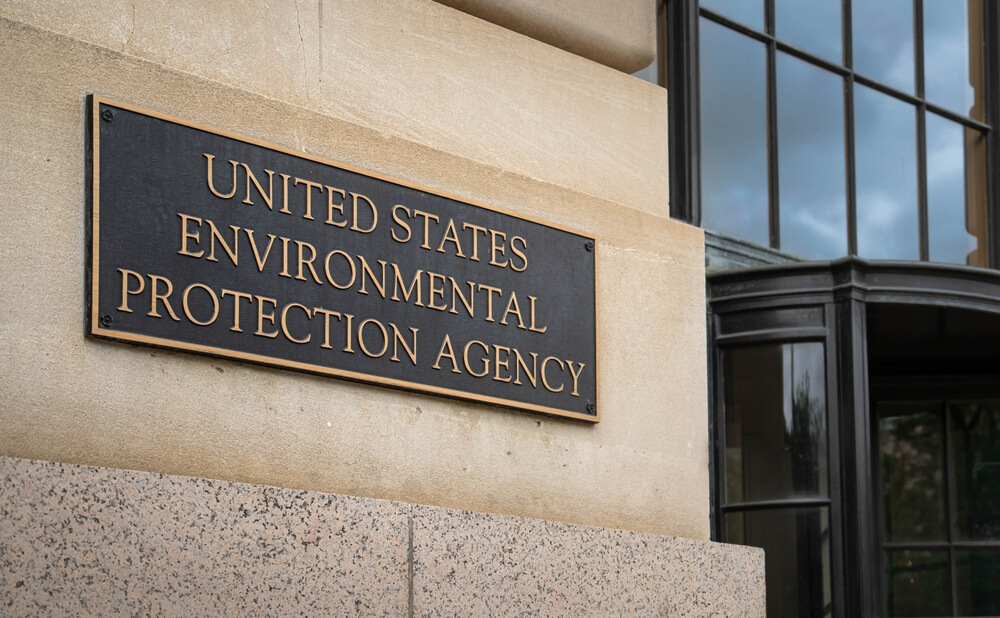The EPA’s $27 billion Greenhouse Gas Reduction Fund is intended to bring in at least seven times as much in private capital for green projects in communities across the US. Private players are already on the case.
This week, a group of tech companies and green banks launched a turnkey program to help cities and counties more rapidly decarbonize their building stock.
The “Building Decarbonization In-A-Box” targets small commercial real estate buildings, such as multifamily apartments, grocery shops, places of worship, retail stores and other buildings less than 50,000 square feet in size that are often overlooked by decarbonization programs. This “missing middle” accounts for 94% of US commercial building stock and 44% of the overall building energy consumption.
“The goal is to test, pilot and showcase a model structure that could be funded under the Greenhouse Gas Reduction Fund,” Nate Kinsey of UtilityAPI, one of the companies involved in the initiative, told ImpactAlpha. UtilityAPI makes customer data from utilities more accessible, akin to the way that fintech company Plaid streamlines bank data.
Each year, some 5% to 7% of small commercial buildings require new HVAC equipment. The easy route for building owners is to replace the unit with the equipment with the cheapest similar model – which can lock in fossil fuel infrastructure for another decade or more.
The Building Decarbonization In-A-Box program aims to make choosing the green option the easy and inexpensive choice.
Six cities, including Atlanta, Philadelphia, Fort Collins, Colo., Milwaukee, Wisc.; Reno, Nevada; and San Antonio, Texas, and three counties – Los Angeles County, St. Louis County, and Maryland’s Montgomery County – have signed onto the program.
The Missouri Green Banc led development of the program, with grant support from the Rockefeller Brothers Fund. Elemental Excelerator is supporting the launch of the program in the nine initial locations.
The other partners include Allectrify, which offers financing for building loans that serve a public purpose, and Sustainable Real Estate Solutions, which underwrites clean energy building loans. In addition to Missouri Green Banc, the Colorado Clean Energy Fund, Montgomery County Green Bank, and Philadelphia Green Capital Corporation are also participating.
The Building Decarbonization In-A-Box program “is scalable, solves a climate challenge, and fosters public-private partnership,” said Dawn Lippert of Elemental Excelerator. “Building owners, tenants, and surrounding communities will benefit from cost-saving upgrades that reduce emissions.”
Force multipliers
The building decarbonization program is the latest sign of a mass mobilization to leverage the federal climate funding to supercharge an equitable energy transition, in particular the $20 billion awarded by the Environmental Protection Agency for two of the three Greenhouse Gas Reduction Fund programs. GGRF, as it is known, sets up a sort of distributed green bank that can work with community lenders across the country to facilitate financing for heat pumps, rooftop solar, energy efficiency upgrades, and green infrastructure.
This week, Nexamp, a Boston- and Chicago-based community solar provider, raised $520 million in fresh capital, a deal it said was buoyed by the once-in-a-generation federal climate funding.
Also this week, the Coalition for Green Capital, one of the GGRF awardees, along with PRE Collective and Quantified Ventures, selected six local green banks to receive $1.3 million in grants plus technical assistance to build a pipeline of clean water infrastructure projects in disadvantaged communities.
Others looking to magnify the impact of the federal funds include San Francisco-based CNote, which debuted a product called Climate Cash that enables investors to park some of their cash in mission-driven and minority depository institutions participating in the GGRF’s green lending; and Opportunity Finance Network, which is tapping corporations for capital to supplement supplement the federal funds flowing to its CDFI members.
“Climate Cash becomes a force multiplier for GGRF,” CNote’s Cat Berman told ImpactAlpha.
Building Decarbonization In-A-Box bundles software, technical assistance and financing options to make green upgrades easier for small commercial building owners.
The partners start by working with municipalities to analyze building permit data and identify underperforming buildings that are due for an HVAC or energy upgrade. These building owners are offered a free virtual energy assessment, including potential decarbonization upgrades and information on available grants, rebates, and tax incentives.
Building owners are also connected with a network of local community lenders such as green banks and community development financial institutions, or CDFIs. Allectrify also provides training to lenders on commercial Property Assessed Clean Energy, or C-PACE, a government program that allows property owners to finance the upfront cost for qualified energy, water, resilience and other projects.
“Most community lenders don’t currently have a long-term financial product like C-PACE to offer these building owners so that from an annual cash flow perspective, the upgrades that reduce the most carbon emissions also make the most financial sense,” said Colin Bishopp of Allectrify.
“We solve that problem by enabling every community lender to be a C-PACE lender so that building owners all across the country have access to long-term financing for critical decarbonization upgrades.”











